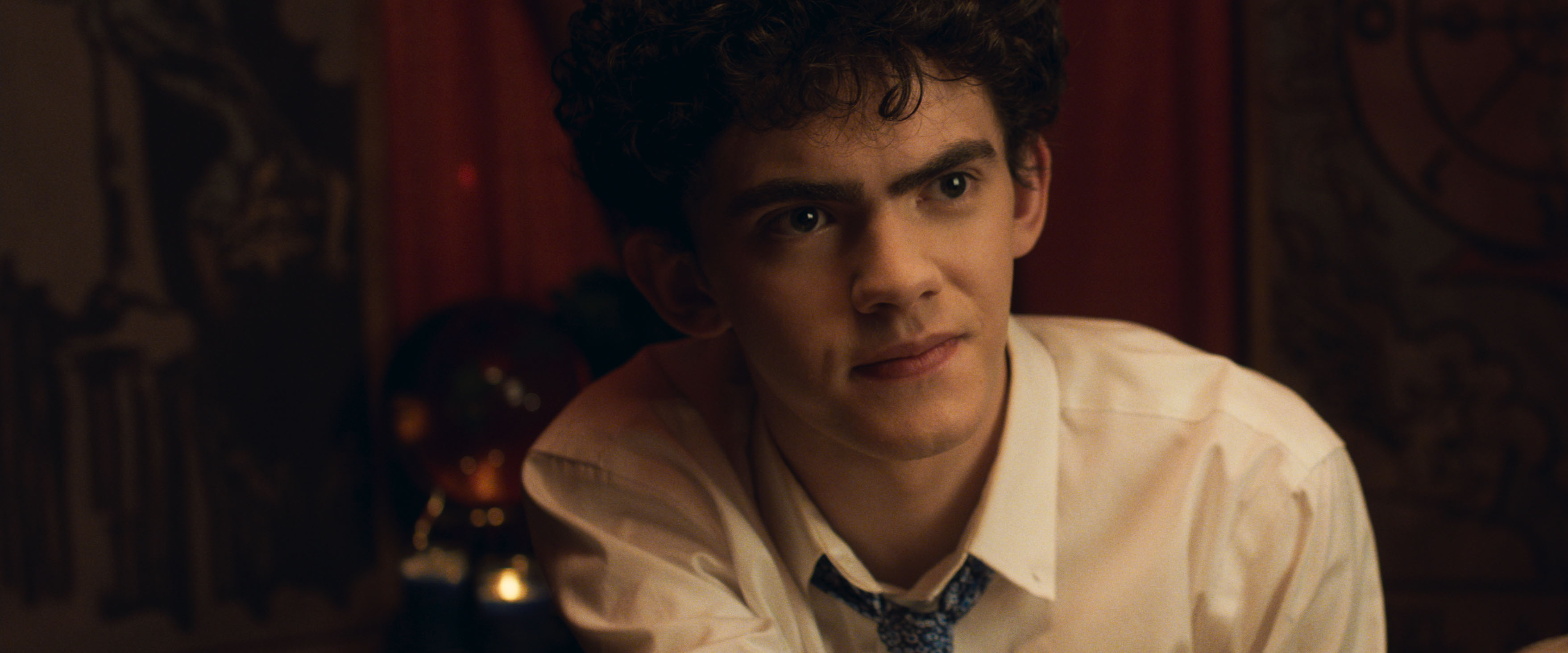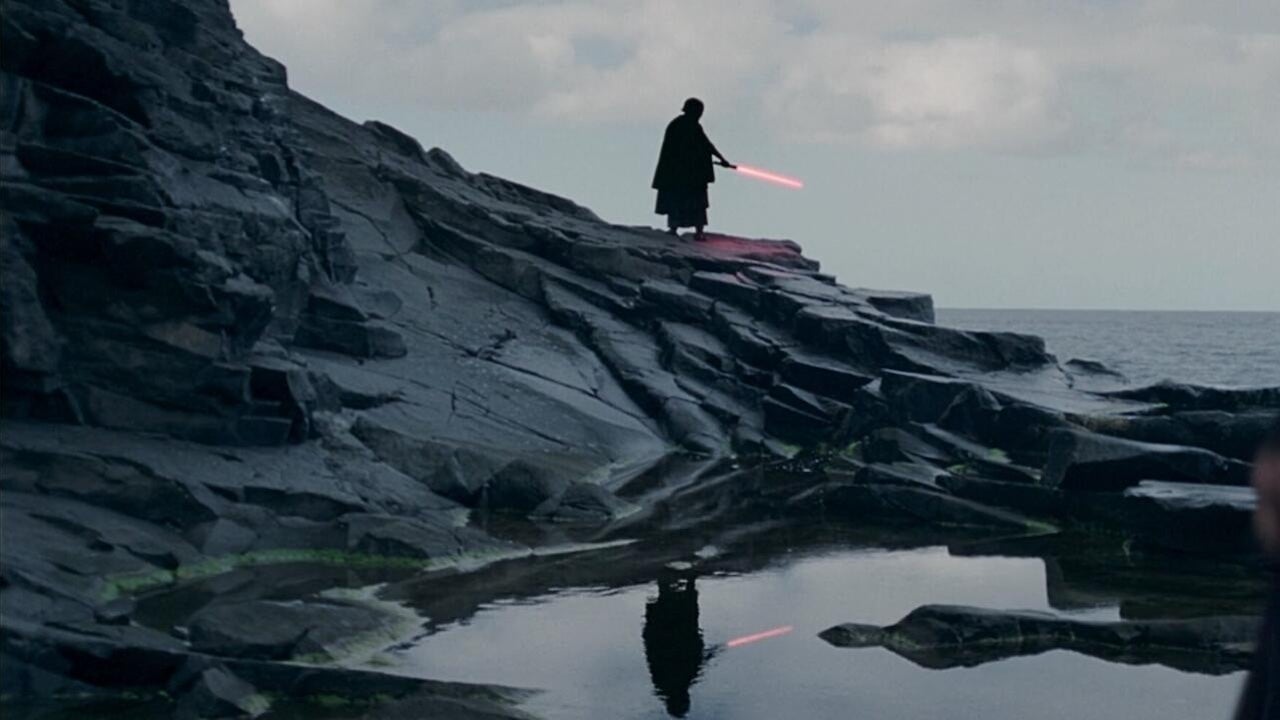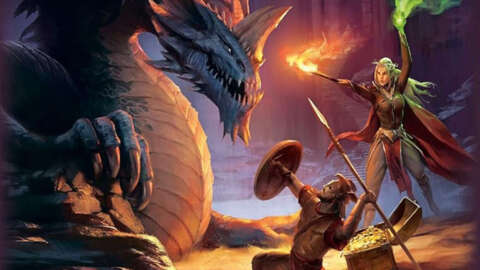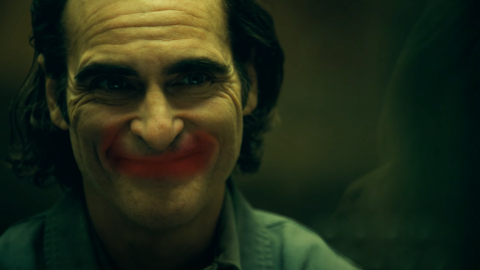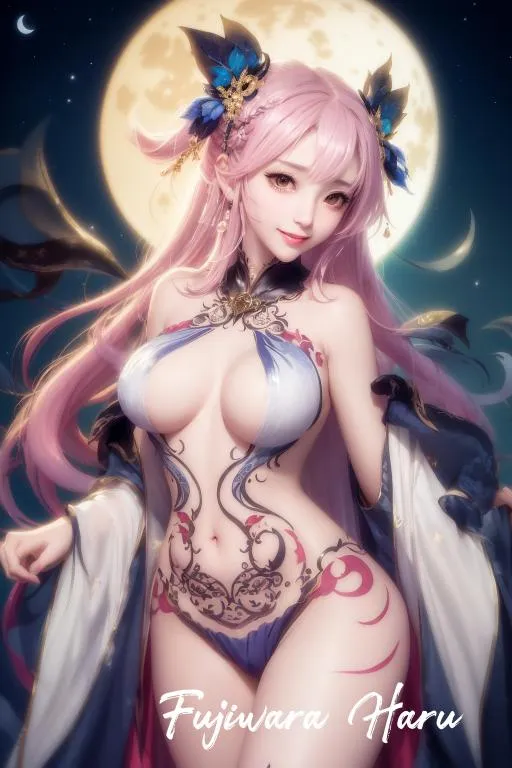
The second that Agatha All Along’s “Teen,” aka Billy Kaplan (Joe Locke), started spouting trivia about Agatha Harkness, saying he was a big fan of her “Salem era,” I groaned. Not again. Even though part of that was an act with an ulterior motive, he’s along for the ride in a way that feels so familiar at this point. And if the Marvel Cinematic Universe wants to team him up with the next generation, they’ve got a major problem: These young adult characters are too dang similar.
This is not a criticism of Locke’s performance. Nor is it a criticism of Agatha All Along — or even WandaVision, for that matter. These shows with “Agatha” and “Wanda” in the title are clearly not Billy’s story, and that’s fine. But the Marvel Cinematic Universe is, for better or for worse, a connected franchise with its own set of trends that are sometimes frustrating. The latest, it seems, is to introduce younger characters on the backs of more established heroes and villains in ways that don’t allow them to stand on their own.
There’s a homogenous devotedness to them. They serve as audience surrogates and expository devices. Many of them are fans of the character whose property they are entering. In Hawkeye, Kate Bishop idolizes Clint Barton, and gushes to a stranger that she was just talking to an Avenger. Riri Williams drops the chip on her shoulder to ask Shuri and Okoye if she’s getting recruited in Black Panther: Wakanda Forever. America Chavez is weirdly invested in whether or not Doctor Strange gets the girl in Multiverse of Madness. In Black Widow, Yelena might act above everything but still pays enough attention to her sister’s Avenger career to make fun of her fighting “pose” and various team-ups. Cassie Lang, whose superhero journey should have been a slam dunk after a successful introduction in Ant-Man, has been recast so many times that her personality is forgotten. By Quantumania, she’s a typical Disney STEM girl and a family apprentice who’s as awestruck as her less experienced peers. (Did you know that she dated a Kang variant who founded the Young Avengers? Think about that the next time you watch Quantumania.) Don’t get me started on how two of Marvel comics’ Young Avengers, Kid Loki and Eli Bradley, are mere guest stars on Loki and The Falcon and the Winter Soldier. And if Billy’s boyfriend “Eddie” turns out to be Hulkling, and that’s how they’ve chosen to introduce him, so help me!


Now, when the first issue of Young Avengers was published in 2005, many of those characters did self-identify as fans of Marvel heroes. But they were fans from afar; they weren’t their fans and their proteges. These heroes were never meant to be sidekicks. The kind of gee-whiz, enthusiastic pep that these characters exhibit on screen is more like what we would associate with — apologies for crossing the streams by invoking DC comics here — the Robin to someone’s Batman. This go-getter attitude is what one might expect from a young person in a stereotypical superhero adventure, but modern-day comic storytelling has moved past that. Kate Bishop, Billy Kaplan, and America Chavez, etc., are far too independent and capable in Marvel comics to be tagging along behind the grown-ups on screen.
Then there’s Kamala Khan, who canonically should be an overexcited superhero fangirl. She got a proper introduction and headlined her own series in Ms. Marvel. But even then, on the big screen in The Marvels, she became more of a supporting character whose hero’s journey is set aside to prop up Captain Marvel’s emotional journey. Like Riri Williams, she’s excited to potentially be recruited by the Avengers. Like Billy and Kate, she’s an expert in her hero’s world. She also serves as a foil for the adult Monica Rambeau, who was first introduced as an enthusiastic kid who idolized her aunt Carol in Captain Marvel and has since become disillusioned. Kamala’s character stands out in Marvel comics as an avid fan turned superhero, more so than even the geekiest member of the Young Avengers (not Billy, if you care). On screen she just feels like more of the same.
It seems like Feige and company’s blueprint for this is Spider-Man. In 2016, thanks in part to the infamous Sony hack, Peter Parker appeared in the MCU for the first time, played by Tom Holland in Captain America: Civil War as Tony Stark’s “intern” on Team Iron Man. Back then, there was a different kind of superhero fatigue than the kind we talk about now, and it actually provided more opportunity for the studio. After watching Bruce Wayne’s parents die on screen for the umpteenth time in Batman v. Superman: Dawn of Justice that year, it was a relief to not have to watch Uncle Ben die in Captain America: Civil War or see a radioactive spider take a bite out of a high schooler in order to introduce this well-known character. The MCU’s short-handed Spider-Man origin story felt new and fresh. (This was, of course, before Sony’s animated masterpiece Spider-Man: Into the Spider-Verse turned the telling of that iconic origin story into a bit.)

There are Spider-Man fans who don’t prefer — to put it both kindly and aspirationally — the MCU’s take on the webslinger. Not only is he attached to Tony Stark’s story, the canonically working class hero is also attached to Stark’s money. However, against all odds, introducing Peter Parker as a Tony Stark sidekick in a Captain America movie still felt seamless. The character is just that massively recognizable. All Civil War needed to do was flash the word “QUEENS” on the screen in giant sans-serif letters and the audience knew exactly who they were about to see and why he was here. This does not work with comic book characters who were introduced in the last 20 years. The average person does not know who Miss America Chavez is, why the identity of Billy Kaplan’s boyfriend matters, or the significance of Isaiah Bradley having a grandson named Eli. If the MCU wants to continue with these characters, they need to put in the work.
By turning all of these characters into Peter Parker, both in how they act and how they’re utilized in the story, it makes the prospect of a Young Avengers team-up feel exhausting. These youths would be too excited about just being Avengers to get anything done. There was once doubt that bringing together radically different superheroes like Iron Man, Thor, and Captain America in one cohesive narrative could work too. However, that movie had to create an ensemble of supporting characters out of protagonists. These kids have the opposite problem. All of the things that make us fall in love with these characters get sidelined when all they’ve done is serve as a sidekick or an Easter egg in someone else’s story. While the ending of Agatha complicates Billy and Agatha’s relationship and sets him on his own journey, Agatha is still literally by his side, but in a mentor archetype rather than a spectral sidekick.
To be fair, there are a lot of loose threads in the Marvel Cinematic Universe that are beyond the control of the powers that be thanks to the COVID-19 pandemic, industry strikes, and box-office panic. Ironheart, the continuation of Riri Williams’ story, won’t be released until 2025 despite being announced in 2020. There may be plans to flesh out these characters that we have yet to see. But that does not change the problems with how the next generation of Marvel characters is already being written and presented to audiences — not as heroes in their own right, but kids who are just so happy to be here.
Source:https://www.polygon.com/opinion/472406/marvel-mcu-agatha-young-avengers-billy-wiccan-spiderman-sidekick